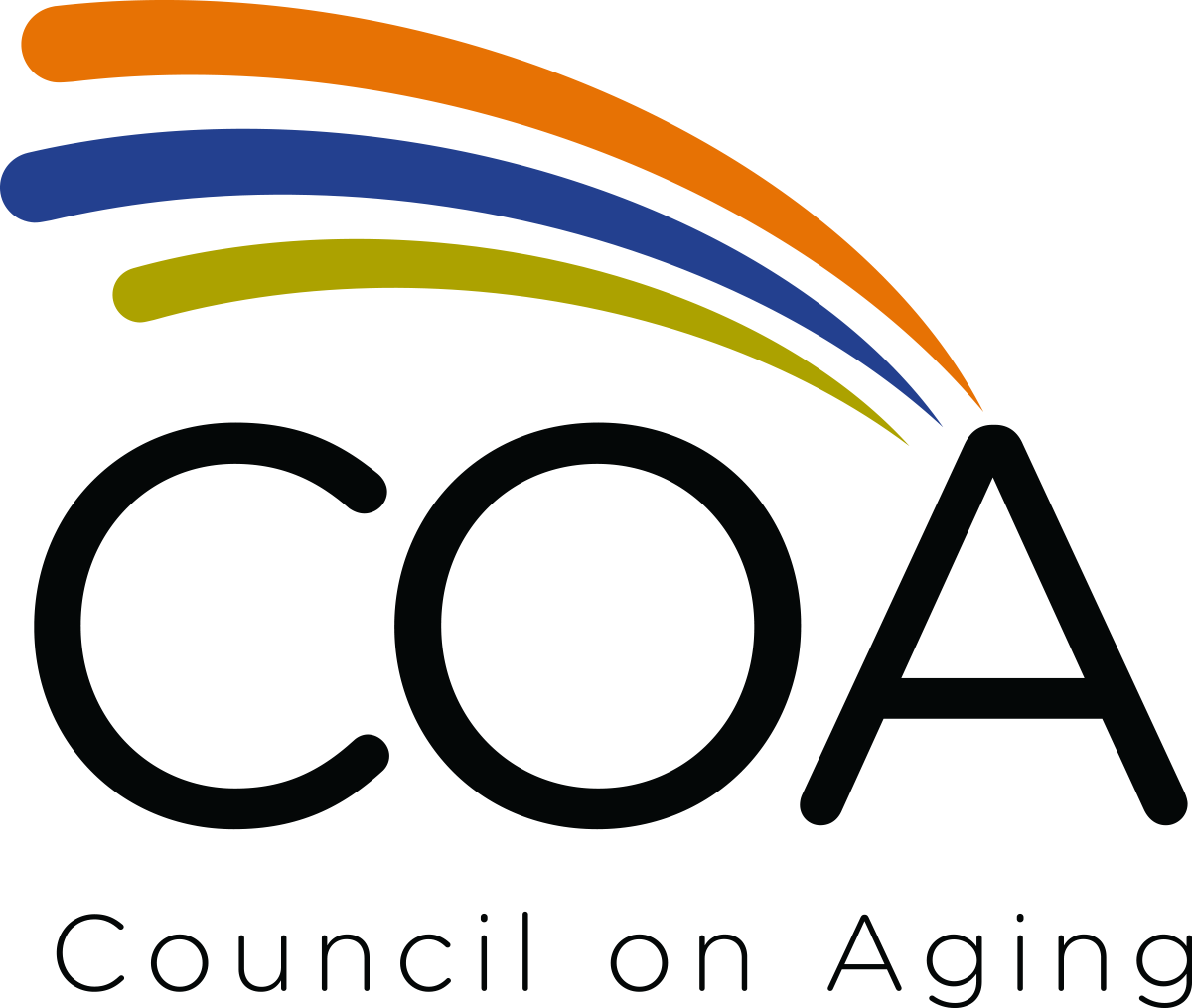COA recognized for diverting older adults from hospitals and nursing homes during the pandemic
Media Contact: Paula Smith, Communications Manager, (513) 509-9211, psmith@help4seniors.org
 BLUE ASH, OHIO, December 10, 2021 – Council on Aging (COA) today received an Inspire Healthcare award from The Health Collaborative for Discharge to Home, a program developed by COA during the pandemic to provide a safe, supportive path home for older adults being discharged from area hospitals and nursing facilities, while also freeing up valuable healthcare resources.
BLUE ASH, OHIO, December 10, 2021 – Council on Aging (COA) today received an Inspire Healthcare award from The Health Collaborative for Discharge to Home, a program developed by COA during the pandemic to provide a safe, supportive path home for older adults being discharged from area hospitals and nursing facilities, while also freeing up valuable healthcare resources.
Inspire Healthcare is the region’s premier healthcare awards event, recognizing regional heroes who are pioneering efforts in improving health and healthcare. COA was a finalist in the award program’s Gen-H category, which recognizes compelling programs, policies, system-level or environmental change strategies that improve community health.
“At the start of the pandemic, older adults were getting sick and dying from COVID-19 at much higher rates than the rest of the population,” said Ken Wilson, COA’s vice president of program and business operations. “Discharge to Home achieved two key goals for our region: it diverted older adults away from COVID hot spots such as nursing homes and rehab facilities, and it helped preserve valuable and limited healthcare resources during peak periods of the pandemic.”
Leveraging an existing transitional care program, FastTrack Home, COA quickly developed and implemented Discharge to Home to provide a centralized process for older adults who were going home from hospitals and nursing facilities but needed supportive services for a safe and effective recovery – regardless of their COVID status.
During the first year of the pandemic, Ohioans aged 60 and older accounted for 65 percent of all COVID-19 related hospitalizations in the state (and 93 percent of deaths). At times, nursing facilities had some of the highest infection and death rates in Ohio. Hospitals wanted to avoid sending patients to nursing homes for recovery, while nursing facilities were looking for safe ways to discharge patients who had completed recovery or therapy and were ready to go home.
Through Discharge to Home, hospital and nursing facility staff could quickly and safely discharge patients home with supportive services. Referrals could be made to COA staff seven days a week via phone, fax, email, or by working directly with COA staff assigned to specific hospitals. COA staff met with patients and families to assess care needs and ensure services were in place when the patient arrived home. Typical services included home-delivered meals, transportation, personal care and housekeeping support.
Discharge to Home included safety measures to protect both care providers and care recipients from the spread of COVID-19. COA adapted service delivery models to protect service providers (home health aides, meal drivers, transportation providers, and emergency response system installers) who were providing services to patients recovering at home with or from COVID-19. These measures also provided protections for patients who had not previously had or been exposed to the virus.
Since April 2020, more than 3,100 area older adults have been discharged from area hospitals and nursing facilities using this coordinated process. And, according to state public health data, less than 10 percent of COVID-19 related deaths in long-term care facilities occurred in facilities located in COA’s service area.
About Discharge to Home and FastTrack Home
COA leveraged its award-winning FastTrack Home program to quickly implement Discharge to Home. FastTrack Home focuses on helping older adults complete smooth transitions from one care setting to another – primarily from hospitals or nursing homes, to a patient’s home. FastTrack Home puts temporary in-home care services in place before an older adult goes home from the hospital. While other COA programs require an in-home assessment and focus on meeting long-term needs, FastTrack Home assessments are completed at the hospital bedside and are designed to meet short-term, acute needs. This distinction is key because older adults have an increased risk of illness and injury in the 30 days following discharge from a care facility. With a speedy assessment and enrollment process, FastTrack Home services can be in place when the patient is discharged home.
During the pandemic, more than 40 percent of Discharge to Home patients were routed through COA’s FastTrack Home program, available in Hamilton, Clinton and Warren counties. In counties where FastTrack Home was not available, Discharge to Home patients were connected to supportive services through other COA programs.
COA’s FastTrack Home received an Inspire Healthcare award in 2017.
